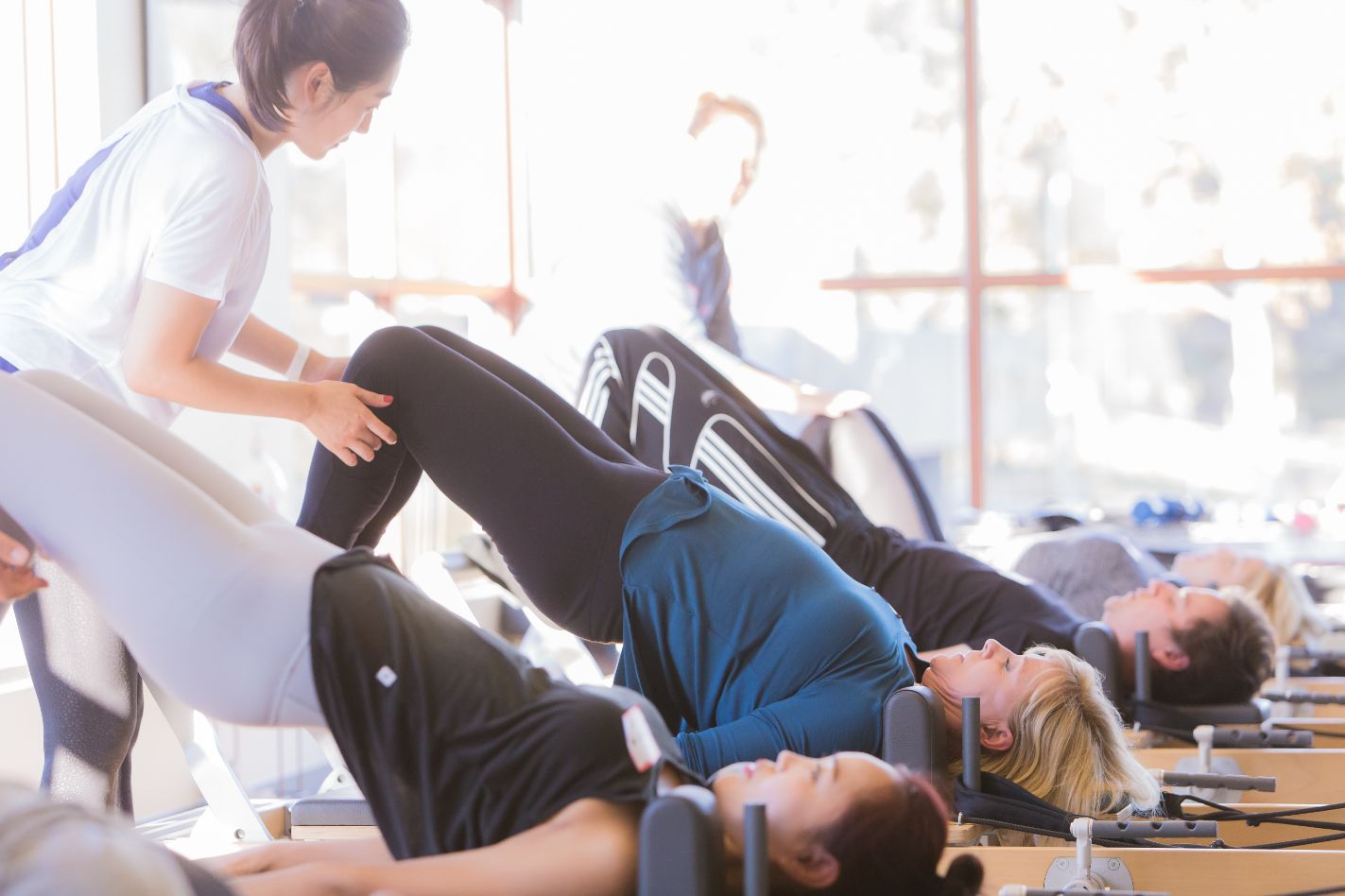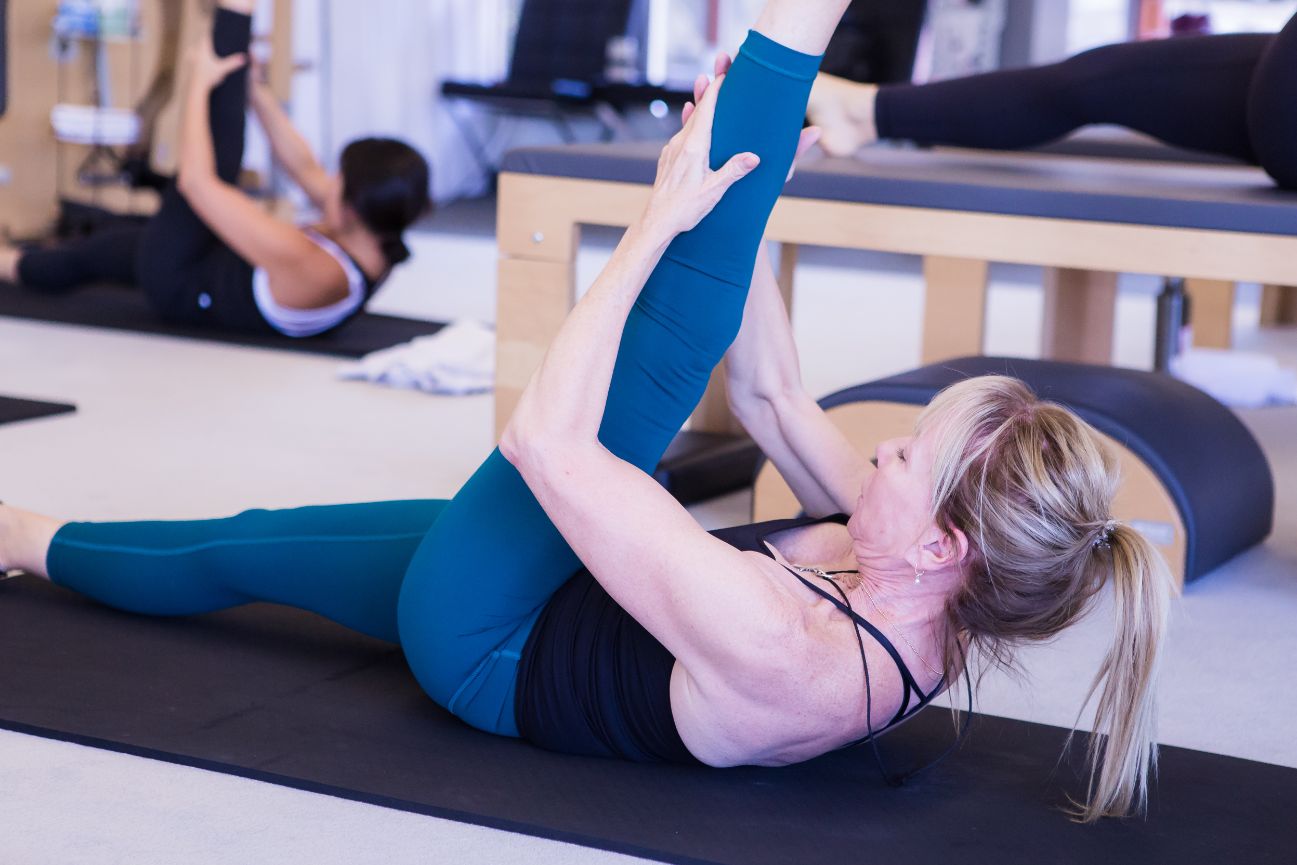Why Pilates is the Perfect Fit for the New Year
Fitness4-minute read


As stated by the American Association of Hip and Knee Surgeons, with people living longer than ever, arthritis of the hip and knee is becoming more common. There may be a need for 500,000 hip replacements and 3,000,000 knee replacements each year by the year 2030! ( 1 )
Most experts feel that low or no impact therapeutic exercise is quite effective in reducing pain and prolonging the need for these joint replacements. I couldn’t agree more, as I have been using Pilates as therapeutic exercise with my total hip and total knee patients, both pre and postoperatively, for over 16 years with great results! But is there any published research to support this? Do surgeons agree that Pilates is good for hip and knee patients?
There may be a need for 500,000 hip replacements and 3,000,000 knee replacements each year by the year 2030!
In 2009 Clinical Orthopaedics and Related Research published a preliminary report: Pilates Training for Use in Rehabilitation after Total Hip and Knee Arthroplasty.(2) Orthopaedic surgeons William Jaffe and Brett Levine, along with RN and Pilates Instructor Beth Kaplanek developed a specific Pilates protocol for patients to follow after total hip or total knee replacement surgery. The goal of this program was to attempt to shorten, improve, and standardize the postoperative period of recovery; which is possible and necessary due to less invasive surgical techniques, patient interest, and the pressure of insurance regulations forcing expedited recovery.
Patients who expressed interest in Pilates were encouraged to start training preoperatively with a certified Pilates instructor, and to begin the postoperative program within 2 weeks of discharge from the hospital. The authors tout Pilates as an integrative approach for a complete body workout that can be easily modified depending on the individual limitations and surgeon-based restrictions. They prescribe a specific set of modified Pilates mat exercises for both the hip and knee patients, which is to be performed a minimum of 3 to 4 times per week for at least one hour. Progression is in 3 stages: 2 weeks to 6 weeks; 6 weeks to 6 months; and 6 months and beyond.
After one year 38 patients (21 hips and 17 knees) who did the prescribed Pilates protocol were followed up with via chart notes and phone calls. 25 reported they were extremely satisfied and 13 were satisfied with their outcome. There were no patients who ranked their experience as somewhat satisfied or not satisfied. 73% of the women in the study reported continuing with Pilates on a routine basis. The senior author reports the use of Pilates for willing and motivated patients for the prior 5 years without a single negative event and a high degree of patient satisfaction both physically and emotionally.

Wonderful results! But it is important to note that this is a preliminary report on a small series of patients, and as such did not set out to prove that Pilates is better than traditional therapy; but to offer it as a viable option for rehabilitation after total hip and knee arthroplasty. Dr. Levine states:
While there have been no prospective randomized studies using the Pilates method for postarthroplasty rehabilitation, our observations of patients using this protocol has been promising. Several advantages of this approach include: the use of preoperative exercises to maximize function and flexibility, the formation of a relationship with a certified instructor that can be maintained postoperatively, the relative ease in implementing these exercises into a home program, and the adaptability of the Pilates method to accommodate various joint precautions and range of motion restrictions. “
And what do other hip and knee surgeons think? In 2007 a web-based survey was developed to evaluate joint arthroplasty surgeon’s preferences for the return to sporting activities after a total hip replacement. 3 This survey listed 30 groups of activities (37 specific sports) and was sent to all members of the Hip Society and the American Association of Hip and Knee Surgeons. Pilates was rated as a sports activity that patients are allowed to participate in after a THA (58% allowed without experience and 24% allowed with experience).
References:
Fitness4-minute read
BASI7-minute read
BASI7-minute read
BASI2-minute read
BASI4-minute read
Health5-minute read
Fitness4-minute read
BASI7-minute read
BASI7-minute read
BASI2-minute read
BASI4-minute read
Health5-minute read